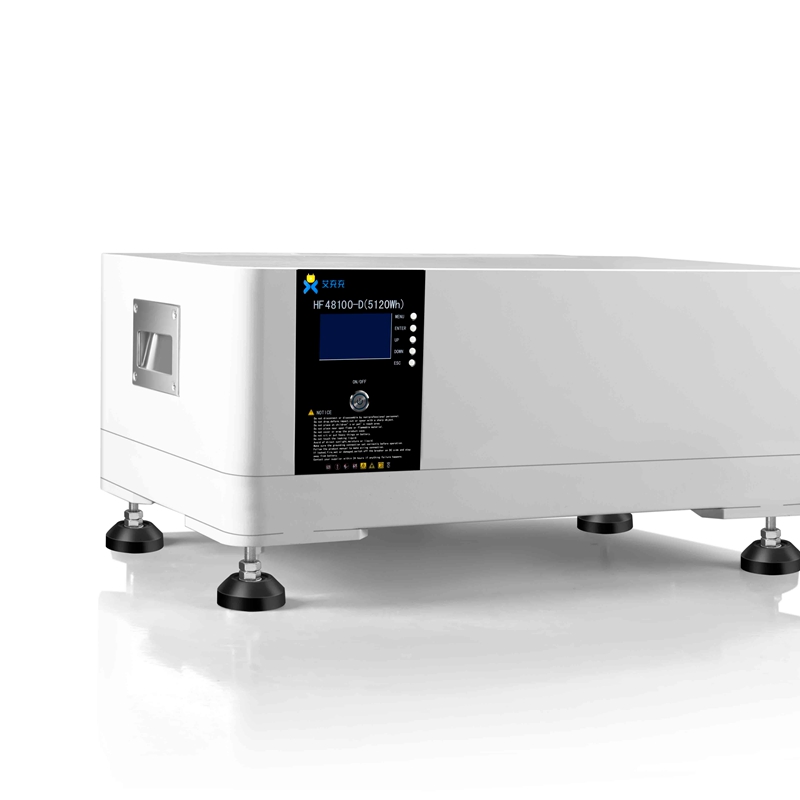
Feb . 26, 2024 09:48 Back to list
energy storage-Distributed energy resources are creating new power system opportunities
Distributed energy resources are creating new power system opportunities, and also challenges
Small-scale, clean installations located behind the consumer meters, such as photovoltaic panels (PV), energy storage and electric vehicles (EVs), are increasingly widespread and are already transforming our energy systems. In fact, 167 GW of distributed PV systems were installed globally between 2019 and 2021, which means their combined peak output is higher than combined peak consumption of France and Britain. In 2020, EV stock surpassed 10 million vehicles and almost 180 million heat pumps were in operation. Electrification, an essential condition for the transition to clean energy, is not only increasing power consumption, but also the quantity and variety of electrical equipment that can shift around their demand.
New, diverse technologies are helping consumers be more proactive and are prompting new players to enter power markets, such as aggregators who pool together small-scale resources and act on their owners’ behalf. Electricity production and trading are thus no longer limited to large, centralised generators and retailers. What is more, electricity no longer flows in only one direction, from the grid to the consumer. Instead, consumers can produce electricity for their own consumption or can sell it on the market, creating bidirectional electricity flows. Consumers are increasingly able to take control of their own energy demand through a complex web of interactive smart energy devices.
Distributed energy resources offer multiple benefits to consumers, support decarbonisation, and improve resilience
The primary beneficiaries of DERs are the consumers who own them. Distributed PV can supply affordable electricity to households and businesses, reducing their dependence on the grid. When paired with energy storage, PV systems help shield owners from outages, such as during extreme weather events. DERs enable consumers to produce and consume electricity more in accord with their own needs and preferences. DERs can also support decarbonisation in many other ways, especially by enabling fuel switching, such as when distributed PV displaces fossil fuel-based generation, and when EVs replace internal combustion engine vehicles.
FlexPIus-EN-512 Stacked Household Energy Storage System
Rapid uptake of distributed energy resources can challenge electricity grids that are unprepared
Many of today’s grids were designed for the 20th-century, when the share of DERs was small. Now that a growing portion of electricity is produced by variable renewables, greater system flexibility is needed to consistently balance supply and demand, whether over short timescales or seasons.
Electrification, for instance, replacing gas boilers with heat pumps, can cause higher evening peak loads. Potential issues are not limited to changes in timing of demand; energy exported from distributed PV can increase local voltage levels, posing new challenges for grid stability. Although reinforcing the power grid can remedy these problems, it can be more cost-effective to incentivise consumers to preheat buildings when solar generation is abundant to shift heat pump loads away from evening peak hours.
Some DERs are technically capable of mitigating the challenges they themselves or other resources create. For example, battery storage systems can provide system flexibility, and smart EV charging systems can shift charging loads to reduce the evening peak demand. Unfortunately, many regulators and system operators have neither sufficient information on DERs nor adequate distribution grid monitoring equipment to take advantage of such capabilities. This lack of visibility can leave them unaware of the advantages to be gained by incentivising DER owners to align their equipment use and location with needs of the grid.
Digitalisation can transform distributed energy resources into valuable grid assets when the right incentives are in place
Digital technologies such as network monitoring devices and smart meters can improve visibility for distribution grids. Advanced inverters can enable consumers to monitor, programme and remotely control the power output of their distributed PV systems. Meanwhile, digital management systems can support aggregation of individual DERs and provide diverse services to multiple stakeholders all along the electricity supply chain. In these ways, digitalisation can help regulators and system operators adjust electricity prices and regulations to encourage consumers and aggregators to install and operate DERs in line with grid needs.
-
High-Efficiency Microinverter Solutions Top Microinverter Suppliers & Exporters
NewsJul.08,2025
-
Top Energy Storage Companies Leading Utility Scale & Long Duration Solutions
NewsJul.08,2025
-
Charge Point Charger - Reliable Charging Solutions for EVs Leading Charge Point Charger Company & Exporters
NewsJul.07,2025
-
Types of Battery Energy Storage Systems - Leading Products & Exporters Company
NewsJul.07,2025
-
AC or DC Power Supply in Home Trusted Google Home Power Supply Voltage Manufacturers
NewsJul.07,2025
-
High-Performance Portable Power Station 220V – Reliable Energy Solutions for Outdoors & Emergencies
NewsJul.06,2025
























